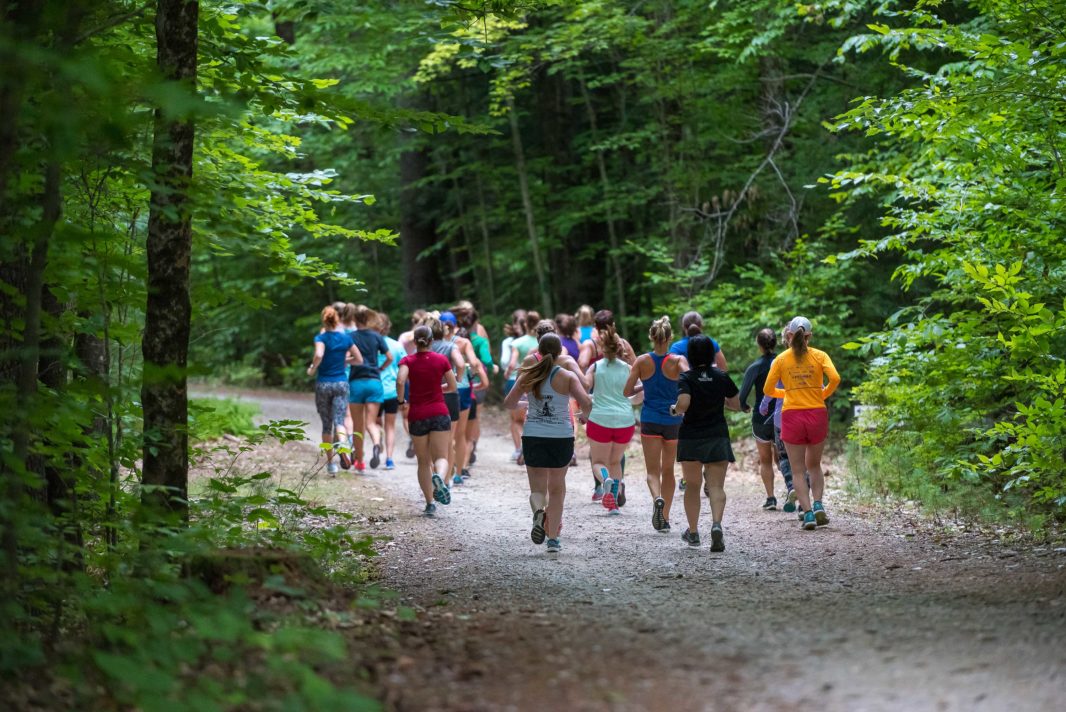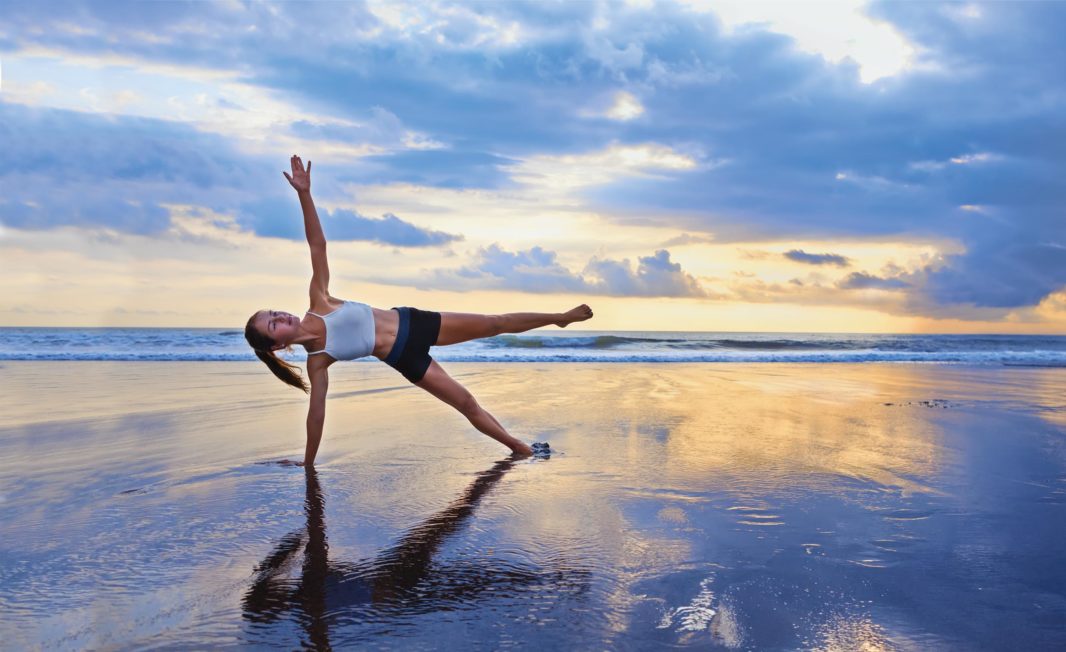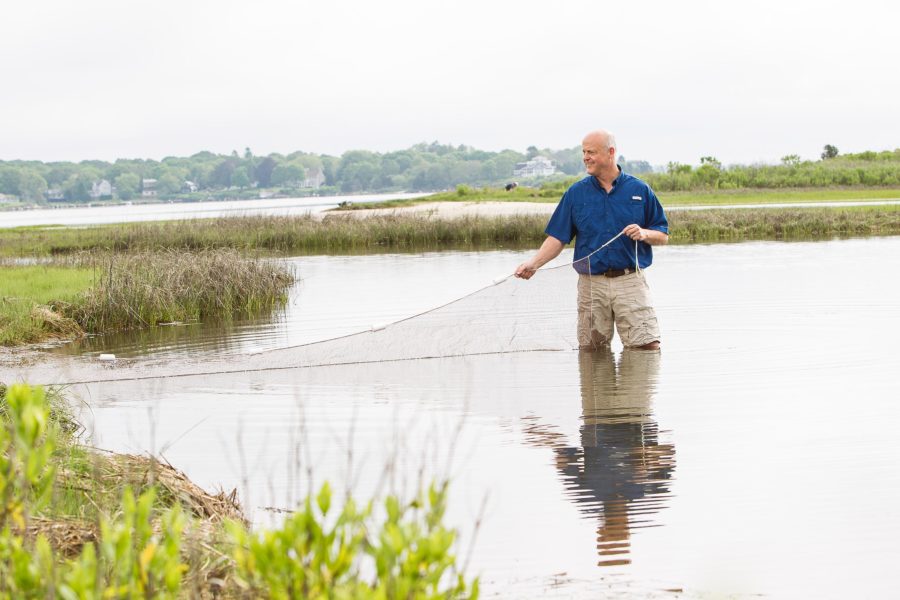For years, fitness was confined to spaces—the four walls of a yoga studio, the hotel gym, a treadmill. But, in recent years, those boundaries have broken, giving way to a new kind of backdrop: Mother Nature herself.
From outdoor gyms (just take a run along the Charles River in Boston to find one) and obstacle courses (every November, Fenway Park transforms into a Spartan Race competition) to group training (even Boston’s most popular indoor workout studios take their classes outdoors when snow thaws), and farther-away excursions to mountain peaks, fitness has walked out of the gym’s doors.
In Rhode Island, the Weekapaug Inn has a naturalist on staff to take guests on eco-walking tours of the area. New Hampshire legislature is even considering a bill that would approve an Office of Outdoor Recreation.
Of course, New England’s scenic landscapes — Vermont’s Green Mountain, the shores of Cape Cod, Lake Winnipesaukee —are obvious settings for fitness sans walls.
New England’s scenic landscapes — Vermont’s Green Mountain, the shores of Cape Cod, Lake Winnipesaukee —are obvious settings for fitness sans walls.
Rise.Run.Retreat, for example, is an all-women’s running retreat in Moultonborough, New Hampshire, in both the spring and fall, luring ladies with the idea of sweat amidst scenic views. Other groups, such as Adventure Cycling, host cycling tours all over New England.

Joe Viger Photography
Ladies go for a group run at Rise Run Retreat
But, Boston’s city limits aren’t without their offerings.
“Cities themselves are meaningfully green in many ways,” says Debra Brodsky, senior head of marketing for the Seaport, which, entering its fourth year, will host a free fitness series called Seaport Sweat — a mix of Tabata, Pilates, yoga, kickboxing and, even, stroller-friendly classes — on Seaport Common this May through October.
The city also hosts its own slew of fitness classes in other neighborhoods during warmer months:
- City outposts of Lululemon have run clubs
- The November Project urges fitness fiends to rise with the sun to run Harvard Stadium
- The Frog Pond hosts yoga
- There’s even something for night owls: Midnight Runners, one of the largest urban running communities in the world, hosts Tuesday evening bootcamp runs around town
“Choosing to live in the city is almost synonymous with considering the needs of the environment,” she says, noting that city dwellers often utilize fewer resources, commute to work via public transit, and live in smaller spaces.
 But no matter where you move — New Hampshire’s peaks or a city park — sweating outdoors has its benefits. One study published in the journal PLOS One found that outdoor exercise, mountain hiking in the case of the study, was both more strenuous (although people reported it as easier) and more enjoyable than indoor exercise.
But no matter where you move — New Hampshire’s peaks or a city park — sweating outdoors has its benefits. One study published in the journal PLOS One found that outdoor exercise, mountain hiking in the case of the study, was both more strenuous (although people reported it as easier) and more enjoyable than indoor exercise.
Outdoor exercise was both more strenuous (although people reported it as easier) and more enjoyable than indoor exercise.
Other research has found that small, metropolitan green spaces, awe-inducing settings like the mountains, and ocean views can all have stress-reducing, mood-boosting benefits.
Says Brodsky, “After a long winter season in an active city like Boston, it’s revitalizing to be able to move our fitness routines outside and enjoy the warmer months to the fullest.”



 2 min read
2 min read


